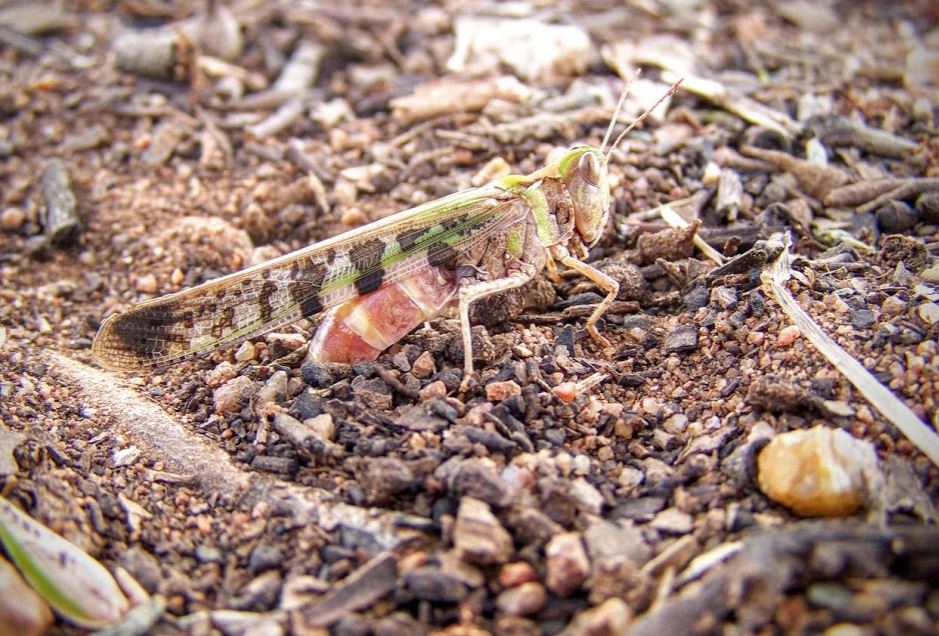Locust numbers building - early reporting essential
 PRODUCTION ADVICE - DECEMBER 2020 - INVASIVE SPECIES
PRODUCTION ADVICE - DECEMBER 2020 - INVASIVE SPECIES
By John Nolan
Regional Pest Animal Coordinator
P: 03 5881 9921 | M: 0428 629 278 | E: john.p.nolan@lls.nsw.gov.au

In our region, there have been some confirmed reports of locust nymphs and adults around the Blighty and Swan Hill areas.
This increase is a direct result of favourable autumn / winter and spring rains, which has allowed for high egg and nymphal survival. Female plague locusts can lay between 30 – 60 eggs per adult and in good conditions can do this several times over a short period.
The results of locusts laying events are potential bands of locusts nymphs that can march through pasture and crops, causing significant damage before fledging into adults and becoming highly mobile.
The key to minimising the impacts of plague locusts is reporting sightings to Local Land Services and performing the ground spraying of locust bands when the insects are in the mid-instar / hopper stage. This early reporting and control will reduce the severity and impacts of future generations of plague locusts.
If you see plague locust nymphs or adults on your property please contact Murray Local Land Services on 03 5881 9900, and we can help to provide technical advice and support.
Early reporting and control are critical in reducing long-term impacts.